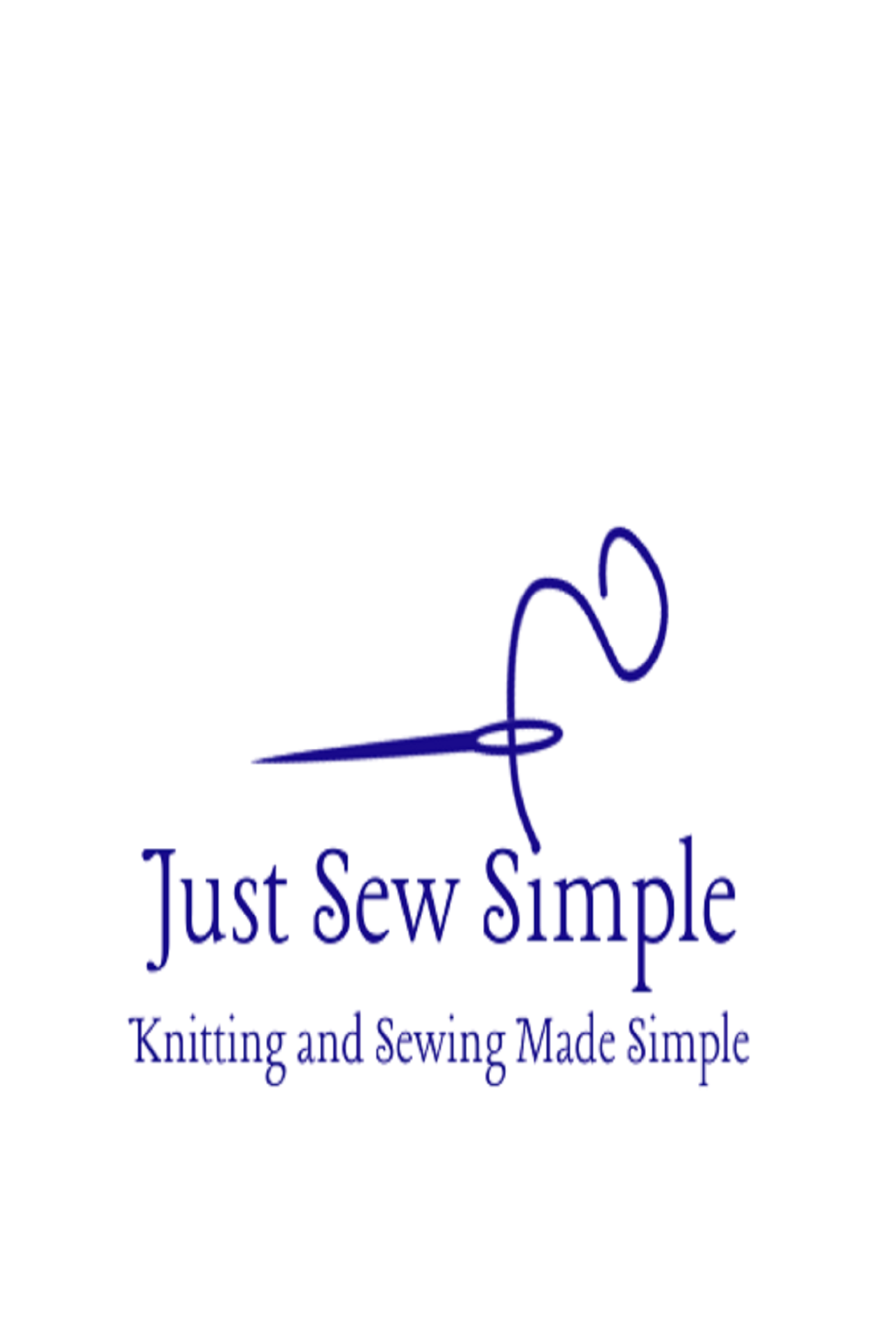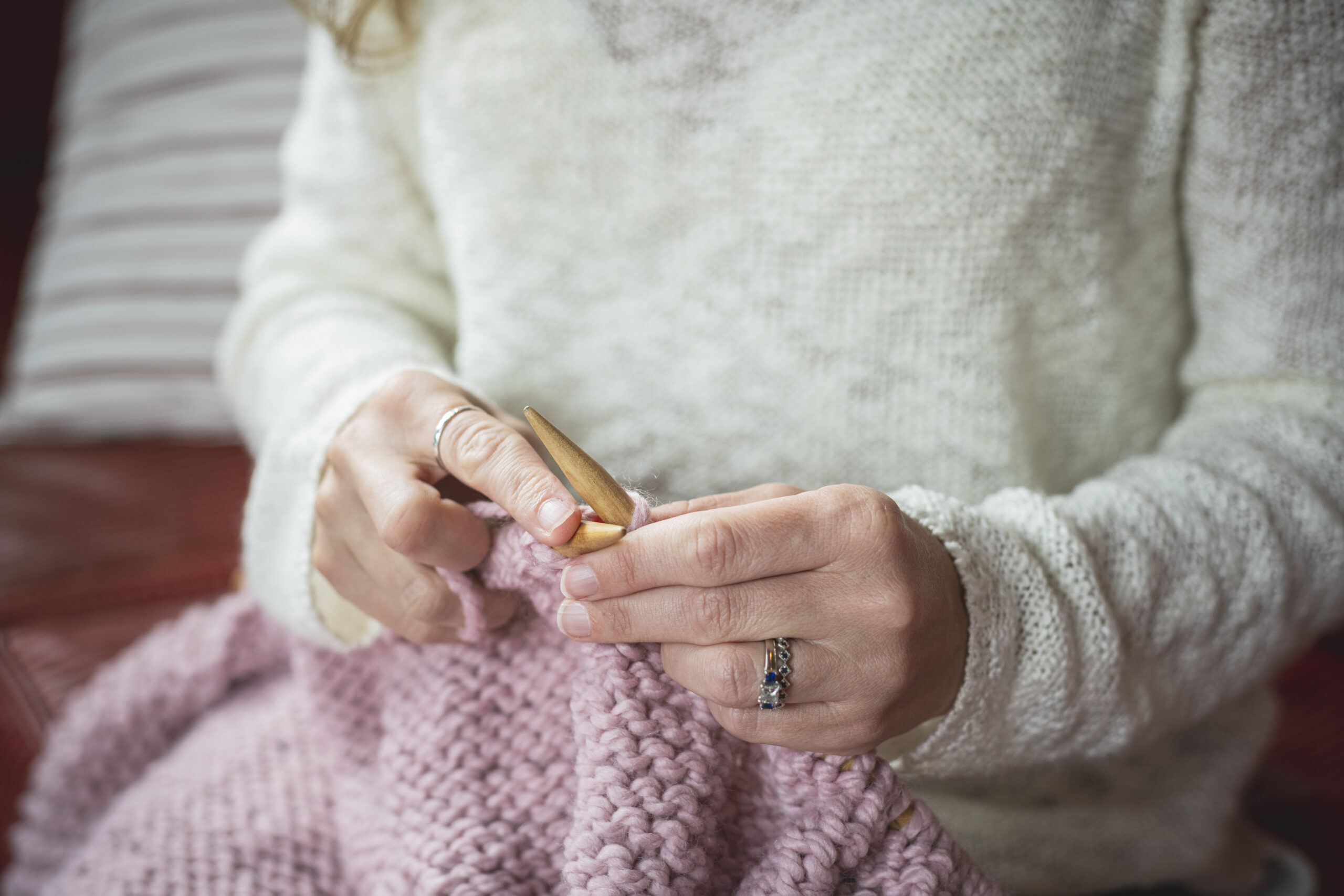No matter where I am on my knitting journey, I’m always looking for knitting tips to improve my craft. Like any skill, it takes time and practice to improve.
Whether you’re a beginner or an experienced knitter, there are always ways to enhance your skills and create even more impressive projects. Sometimes, you can have been knitting a certain way for years, only to learn that there’s a better way you can approach it. (I speak from experience.)
So, let’s dive in and cover my top 13 tips for becoming a better knitter, whatever level you are!
Start With the Basics: Master Knit and Purl Stitches
Knit and purl stitches are the foundation of nearly every knitting project. It’s crucial to have a perfect understanding of these steps to become a solid knitter.
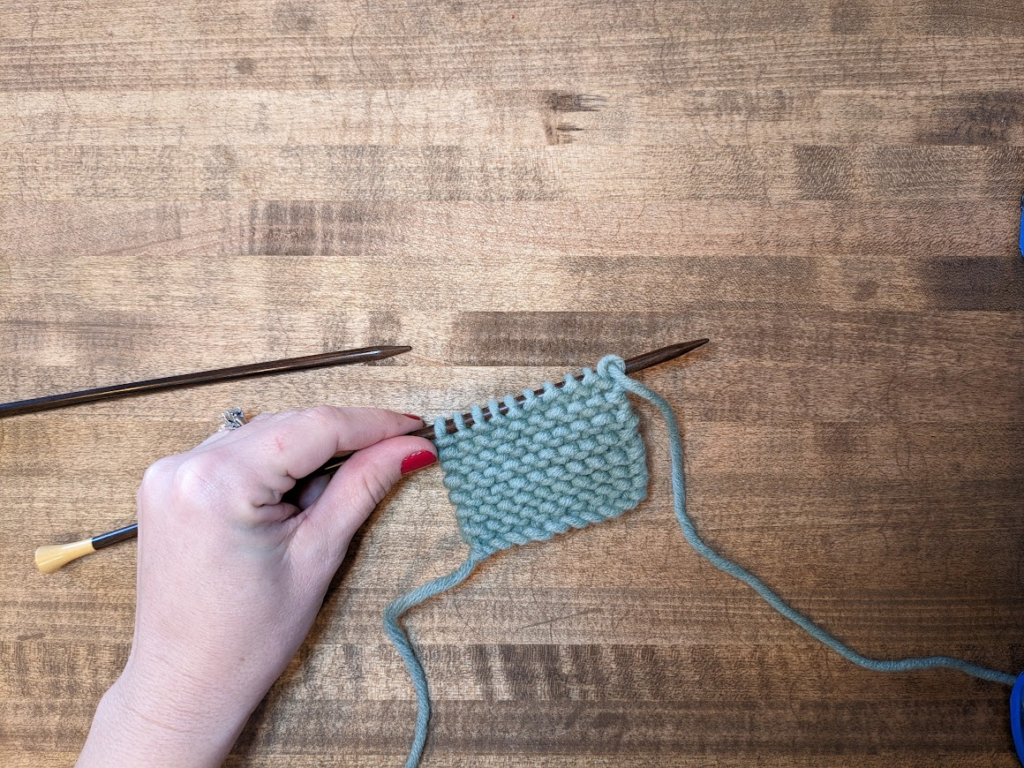
You can’t dive into more advanced techniques until you master the basics of knitting. Being intimately familiar with the foundational stitches makes it easier to learn the more complicated elements of knitting. And besides, if your knit or purl stitches aren’t done well, your knitting won’t look right; it may not even fit correctly.
Spend time practicing these stitches until they become second nature, and you can create even and consistent stitches. I always advise beginner knitters to master the knit stitch by knitting row after row after row until they are perfect. Don’t move on to purl stitches until then, and then repeat the process all over again!
Invest in Quality Yarn and Needles
Using high-quality yarn and needles can make a significant difference in the quality and longevity of your knitting. It may be tempting to save some money and choose less expensive materials, but better quality options will lead to better results. They also make the process more enjoyable! Conversely, cheap or low-quality materials can be frustrating to work with and may not produce the desired results.
Using high-quality yarn and needles can also make your knitting projects more enjoyable and less frustrating. High-quality yarns are often easier to work with, as they are less likely to split or break, and high-quality needles can help you achieve a more even tension and prevent hand fatigue. Additionally, investing in high-quality materials can make your knitting projects feel more like a luxury experience, elevating the overall enjoyment of the hobby.
Why Quality Yarn Matters
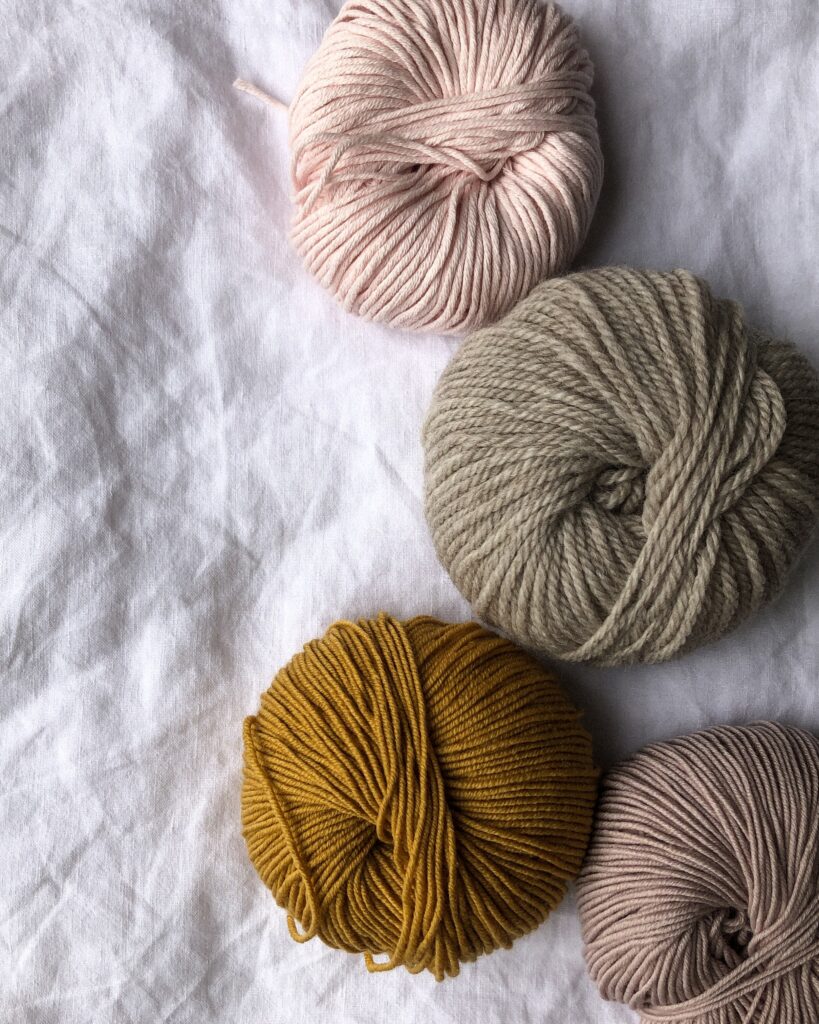
High-quality yarns are typically made from better materials and are produced with greater care and attention to detail. As a result, they’re usually softer, more durable, and have fewer imperfections than cheap options. High-quality yarns also typically come in a broader range of colors and textures, allowing you to create unique and beautiful projects that stand out from the crowd.
Choosing the best type of yarn for your knitting projects makes an unbelievable difference. You can experiment with this for yourself someday by knitting up two swatches using very different yarns; spot the differences!
Why Quality Needles Matter
When it comes to needles, investing in high-quality options can make a significant difference in your knitting experience. High-quality needles are typically made from materials that feel more comfortable in your hands, such as smooth, lightweight woods or metals. They are also designed to be durable and long-lasting, meaning that you won’t have to replace them as frequently as cheaper options. These make the best beginner needles, too.

Use the Right Tools for the Job
Using suitable yarn and tools for a knitting pattern is critical for achieving the desired outcome. Knitting patterns are designed with specific materials in mind, and straying from those recommendations can significantly impact the finished product. You should always keep essential knitting supplies on hand for your projects.
For example, if you use a different yarn weight from the one stated in the pattern or a different-sized needle, you’ll likely end up with a different gauge. This can throw off the entire sizing of your garment, making it either too small or too large.
Using the right materials can also affect the structure and durability of the finished item. Different types of yarns have unique qualities, such as stretch and durability, that can impact the longevity of the finished product. Using the correct weight of yarn and needles ensures that your finished item has the appropriate structure and durability for its intended purpose.
Learn How to Read and Understand Knitting Patterns
Knitting patterns can look intimidating. There are a bunch of abbreviations and knitting lingo that make zero sense to a beginner knitter. But learning how to read a knitting pattern and understand them is vital to advancing your skills.
Take time to study pattern abbreviations, charts, and written instructions. (This master list of knitting abbreviations is handy!) Start with simpler patterns and gradually work up to more complex ones. Don’t be afraid to ask for help or clarification if you’re unsure about something. Once you understand the knitting language, many of these other knitting tips will make much more sense.
Reading your pattern entirely through before you begin your project is also super helpful. This way, you can spot if you will be required to use a stitch or an increase or decrease you aren’t familiar with. You can then take the time to practice on different yarn before you commit to doing it on your finished product!
Experiment With Different Stitch Patterns and Techniques
Once you have mastered the basics of knitting, try experimenting with different stitch patterns and techniques. This can help keep your knitting exciting and challenging, and it can also help improve your skills. Then, when you encounter these stitches in a pattern, you’ll already be a pro.
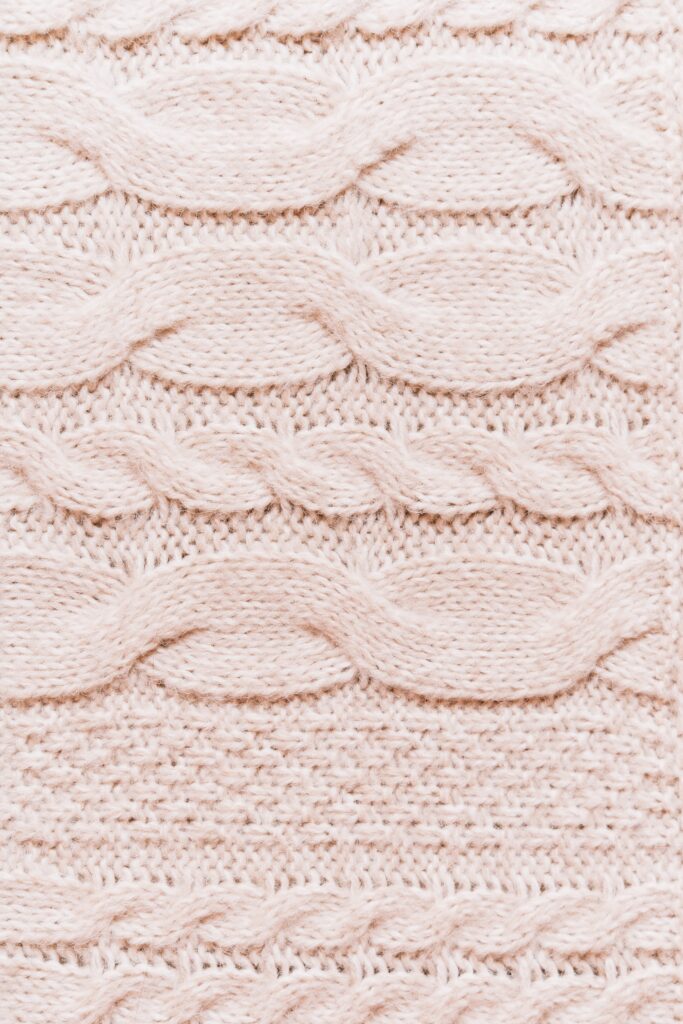
Some popular stitch patterns to try include cables, lace, and colorwork. There are even many different cast-on methods in knitting. I find it helpful to watch videos online when I’m struggling to master a complex new stitch. Even as a very experienced knitter, I admit that I still sometimes have to watch a video multiple times to master a stitch!
It’s also helpful to experiment with different increases and decreases for shaping. Practice different techniques, such as yarnovers, k2tog, and ssk, to understand how they affect the look and structure of your knitting. Learning how to shape your knitting effectively can take your projects to the next level. Get familiar with as many as you can!
For Heaven’s Sake — Make a Swatch!
Taking the time to knit a swatch before diving into your project may feel frustrating. It takes precious time when all you want is to get to the fun part! However, it’s an essential step that can save you time, money, and tons of frustration in the long run.
Knitting a swatch ensures that you have the correct gauge for your project. Sure, the yarn label usually indicates how many stitches per row it knits, but every knitter is different. We all hold our yarn and our needles differently; some of us knit very tightly, others much more loosely. All of these factors affect our stitches per row.
Checking how the yarn knits up on your needles can help you determine if you need a different size needle. This can be a lifesaver. Otherwise, you may finish that adorable sweater for yourself, only to discover it’s better suited for your five-year-old. All the knitting tips in the world can’t save your project if you don’t swatch first.
Learn How to Read Your Knitting
Learning how to read your knitting stitches is an essential skill for any knitter. By understanding how your stitches are formed and how they interact with each other, you can identify and correct mistakes, follow complex patterns more easily, and even create your own designs.
Learning how to read your stitches takes time, practice, and patience. I recommend that you start by carefully following how your knit stitches are formed — watch your yarn closely as it goes from needle to needle, forming your stitch. When you can understand how the yarn moves to create a knit stitch, you have a deeper understanding of how your stitch should look. This helps you quickly pick up on any errors or inconsistencies in your knitting.
Once you’re able to read your knitting, it makes it easier to diagnose and fix your knitting mistakes. That’s when many other knitting tips will be useful.
Count Your Stitches
Check your progress along the way to ensure you stay on track. It’s a good idea to count your stitches every once in a while to make sure you have as many as you’re supposed to. This is especially helpful when you’re knitting something with a great number of stitches on your needle and even more so if you’re doing a pattern with many increases and decreases to create a design.
It’s not uncommon to drop a stitch or accidentally pick one up along the way. And if you’re working on a large piece, like a blanket, you may not realize you’ve gained or lost a stitch until several rows later, when your repeating pattern gets thrown off.
Believe me; I’ve learned this the hard way! Keep track of how many stitches you should have, and count every several rows.
Don’t Be Afraid to Make Mistakes and Learn From Them
You can count on making mistakes while knitting. They just happen. But they don’t have to be a source of frustration or discouragement. Instead, embrace your mistakes as learning opportunities; they may be irritating in the moment, but they’re an excellent chance to learn where you went wrong so that you might avoid that error in the future.
Learning how to fix them is an invaluable step to improving your knitting! Rather than facing the painful decision of whether or not just to accept the flaw and continue knitting, you can have the best of both worlds — continue knitting, and no flaw!
Learn how to pick up dropped stitches. It’s an easy fix that will save your project. Dropped stitches are super common and are one of the easiest mistakes to fix.
As frightening as it is, learn how to rip back. This is the process of unraveling several rows to fix a mistake that happened quite a while back. Don’t be afraid to rip out a section and start over if something isn’t working. Keep in mind that even experienced knitters make mistakes, and learning how to fix them can be a valuable skill.
Pay Attention to Tension
It isn’t enough to work up a swatch before you begin knitting your project. You need to keep an eye on your gauge throughout your project. Your tension can vary depending on your focus or your mood. Also, your hold on the yarn may vary day by day, which can make your knitting looser or tighter.
This won’t be good for your finished product if parts of your garment are knit tightly while others are very loose. Again, it helps to have a gauge swatch to measure your stitches against. Adjusting your tension may take some practice, but creating a finished product that looks and feels as intended is worth the effort.
Finishing Touches: Blocking
Blocking is a bit like swatching in that it’s one more frustrating step that prevents you from moving on to the next, more fun part: wearing your knitting! Still, it’s an essential finishing step in knitting that can enhance the appearance and drape of your finished item.
Blocking and swatching aren’t glamorous knitting tips, but they’re invaluable steps to improving your projects.
For starters, blocking sets the shape for your finished piece. For example, if you’ve knit a sweater, blocking can help shape the garment and ensure it fits correctly. Similarly, if you’ve knit a lace shawl or scarf, blocking can help to open up the lace and showcase the intricate stitch patterns.

Blocking also evens out your stitches. When you knit, your stitches can become uneven, stretched out, or puckered. Blocking allows you to smooth out your stitches and create a more even fabric. This step can be particularly important for items like lace shawls, where even tension and stitch definition are crucial for the overall appearance of the item.
Don’t forget to weave in all your tails before you block. This gives your finished item a more polished look and helps hold the tails in place.
Take Advantage of Local Resources and Communities for Knitting Tips and Inspiration
One of the most significant ways to improve your knitting is by being around other knitters. Your local yarn shop is an ideal opportunity for connecting with other yarn heads! The clerks are likely knitting enthusiasts, too, and would be more than happy to talk shop with you and provide their own knitting tips. That’s what they’re there for!
Many local shops also offer classes and other knitting group activities. The classes are your perfect chance to have a professional look over your knitting and guide you personally through the steps. Other knitting groups are just a fantastic way to rub elbows with other knitters. You’ll find inspiration and positive support for all your projects through them!
Practice, Practice, Practice These Knitting Tips!
Consistency is key in knitting, and practicing regularly can help build muscle memory and improve your technique. So make time for knitting every day, even if it’s just for a few minutes, and focus on creating even stitches and maintaining a steady tension. You can also practice by knitting swatches in different stitch patterns or using different types of yarn and needles.
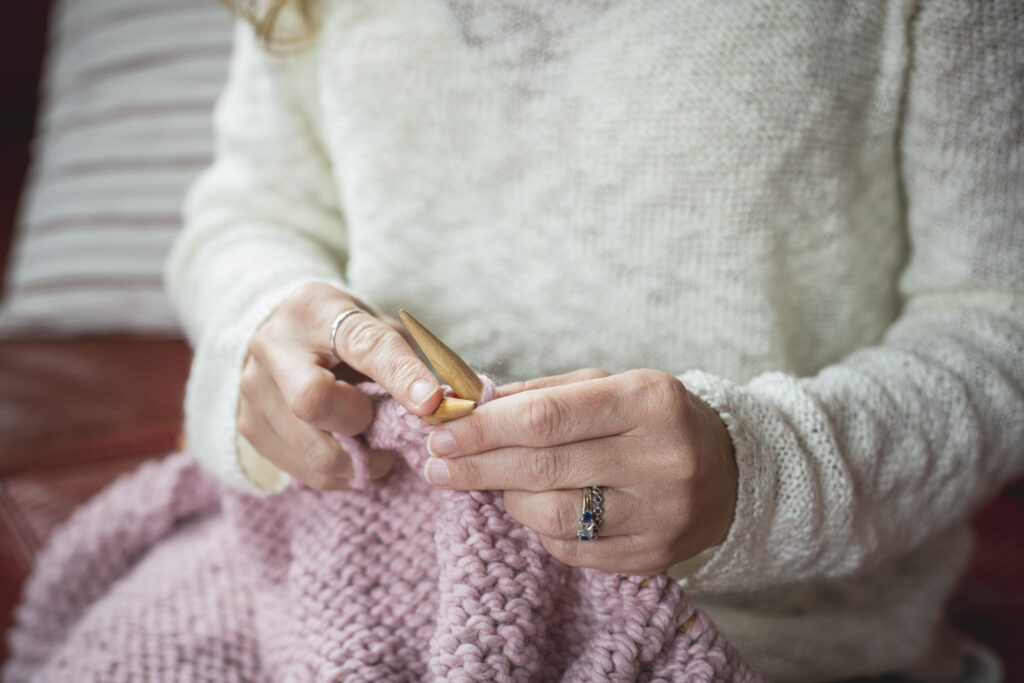
I’ve been knitting for almost 25 years, and I’m still practicing all the time. I get so mad when I realize I’ve forgotten how to do one of the rarer stitches or techniques. I’m still constantly learning!
I hope these knitting tips provided you with a lightbulb moment or two! Please let me know what spoke to you on this list and how it improved your knitting. And share your own knitting tips. Goodness knows I’m always eager to learn more tips and techniques!
